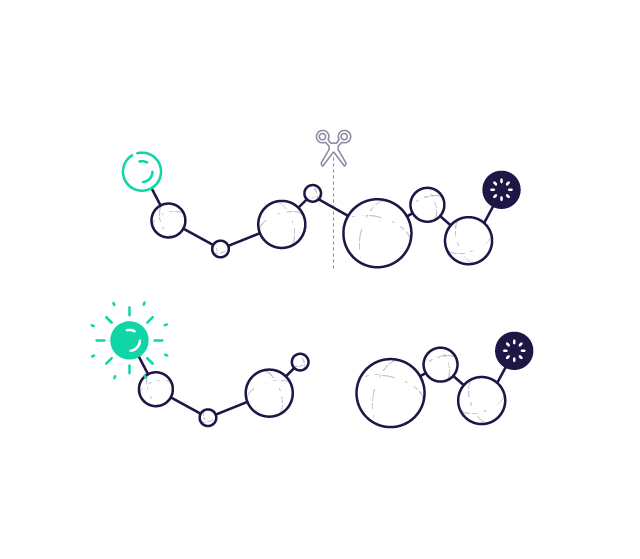DONOR (FLUOROPHORE)
Trp (Tryptophan)
Trp (Tryptophan)
Mca (7-Methoxycoumarin-4-yl)acetyl)
Abz (2-Aminobenzoyl)
Abz (2-Aminobenzoyl)
Abz (2-Aminobenzoyl)
EDANS (5-[(2-Aminoethyl) amino]naphthalene-1-sulfonic acid)
Lucifer Yellow
FITC (Fluorescein isothiocyanate)
Dansyl (5-(Dimethylamino) naphthalene-1-sulfonyl)
5-TAMRA (Carboxytetramethyl rhodamine)
Eu(III) Chelate
ACCEPTOR (QUENCHER)
Dnp (2,4-Dinitrophenyl)
4-Nitro-Z (4-Nitro-benzyloxycarbonyl)
Dnp (2,4-Dinitrophenyl)
pNA (para-Nitroaniline)
3-Nitro-Tyr (3-Nitro-tyrosine)
4-Nitro-Phe (4-Nitro-phenylalanine)
Dabcyl (4-(4-Dimethylaminophenylazo)benzoyl)
Dabsyl (4-(4-Diethylaminophenylazo)-benzenesulfonyl)
Dnp (2,4-Dinitrophenyl)
4-Nitro-Phe (4-Nitro-phenylalanine)
QSY7
QSY-7



















 Contact us by We-chat.
Contact us by We-chat.



